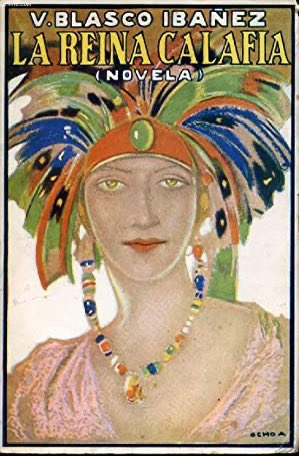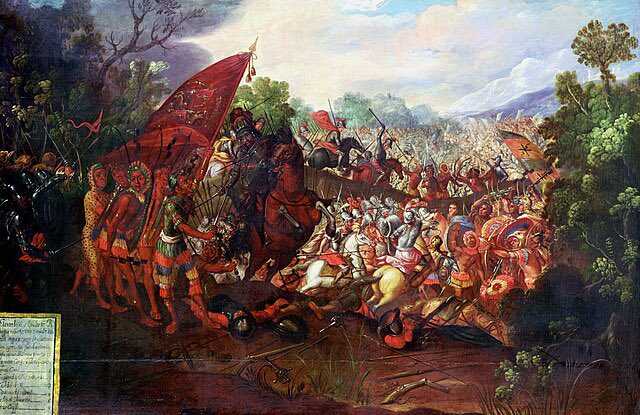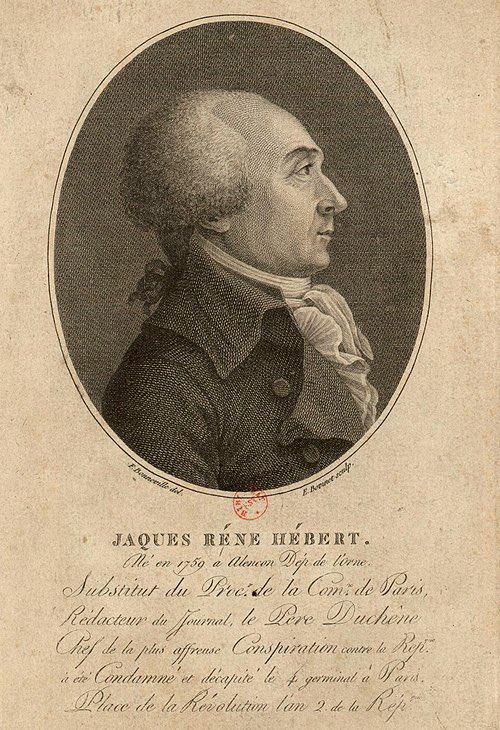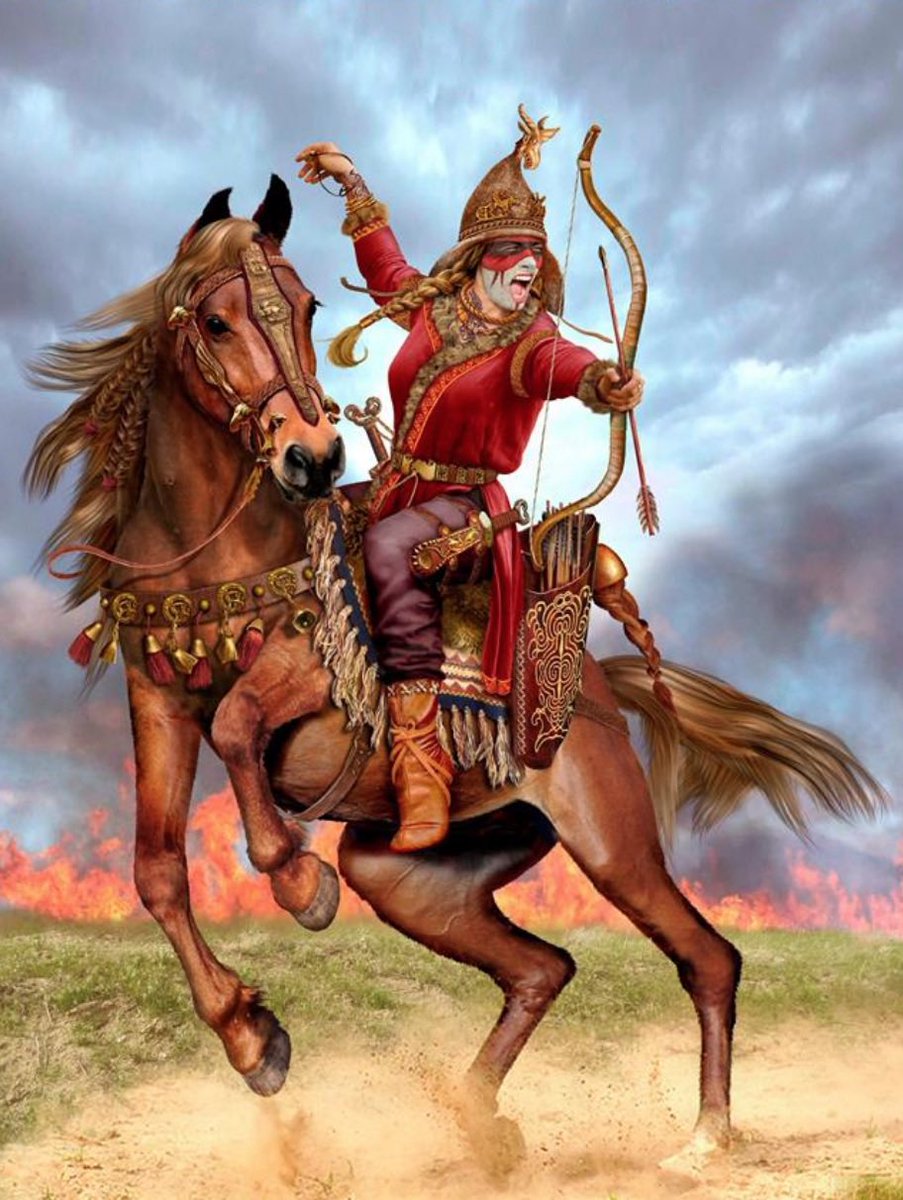It is always Them.
In this case, they handled almost 80% of Indian Opium exports to China.
This generated a catastrophic economic and social devastation.
In this case, they handled almost 80% of Indian Opium exports to China.
This generated a catastrophic economic and social devastation.

The family’s influence extended beyond opium.
Investing in commercial wet docks (Sassoon Docks of Bombay), real estate, cotton mills, and, of course, banking.
Investing in commercial wet docks (Sassoon Docks of Bombay), real estate, cotton mills, and, of course, banking.
The Sassoon later intermarried with the Rothschild banking family.
Example, the union of Sir Edward Albert Sassoon and Aline Caroline de Rothschild (Lady Sassoon)
The union of these two families connected commercial and social networks throughout global aristocratic circles.
Example, the union of Sir Edward Albert Sassoon and Aline Caroline de Rothschild (Lady Sassoon)
The union of these two families connected commercial and social networks throughout global aristocratic circles.
Arthur Abraham David Sassoon was the fifth son of David Sassoon, the jewish trader of cotton and opium in China who served as the Treasurer of Baghdad from 1817 to 1829.
Arthur was an original member of the Board of Directors of the Hong Kong Bank.
Arthur was an original member of the Board of Directors of the Hong Kong Bank.
• • •
Missing some Tweet in this thread? You can try to
force a refresh

















